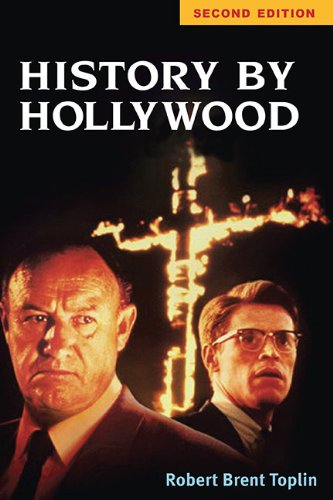
|
|
Product Description
First demonstrated in 1928, color television remained little more than a novelty for decades as the industry struggled with the considerable technical, regulatory, commercial, and cultural complications posed by the medium. Only fully adopted by all three networks in the 1960s, color television was imagined as a new way of seeing that was distinct from both monochrome television and other forms of color media. It also inspired compelling popular, scientific, and industry conversations about the use and meaning of color and its effects on emotions, vision, and desire. In Bright Signals Susan Murray traces these wide-ranging debates within and beyond the television industry, positioning the story of color television, which was replete with false starts, failure, and ingenuity, as central to the broader history of twentieth-century visual culture. In so doing, she shows how color television disrupted and reframed the very idea of television while it simultaneously revealed the tensions about technology's relationship to consumerism, human sight, and the natural world.
Customers Who Bought This Item Also Bought
- One More Time: The Best of Mike Royko
- Smoking Typewriters: The Sixties Underground Press and the Rise of Alternative Media in America
- Television Studies (Short Introductions)
- Hollywood and Broadcasting: FROM RADIO TO CABLE (Illinois Studies Communication)
- Watching Jim Crow: The Struggles over Mississippi TV, 1955-1969 (Console-ing Passions)
- Make Room for TV: Television and the Family Ideal in Postwar America
- Inside Prime Time
- Race Rebels : Culture, Politics, and the Black Working Class
- Dark Matters: On the Surveillance of Blackness
- Netflix Nations (Critical Cultural Communication)
*If this is not the "Bright Signals: A History of Color Television (Sign, Storage, Transmission)" product you were looking for, you can check the other results by clicking this link







